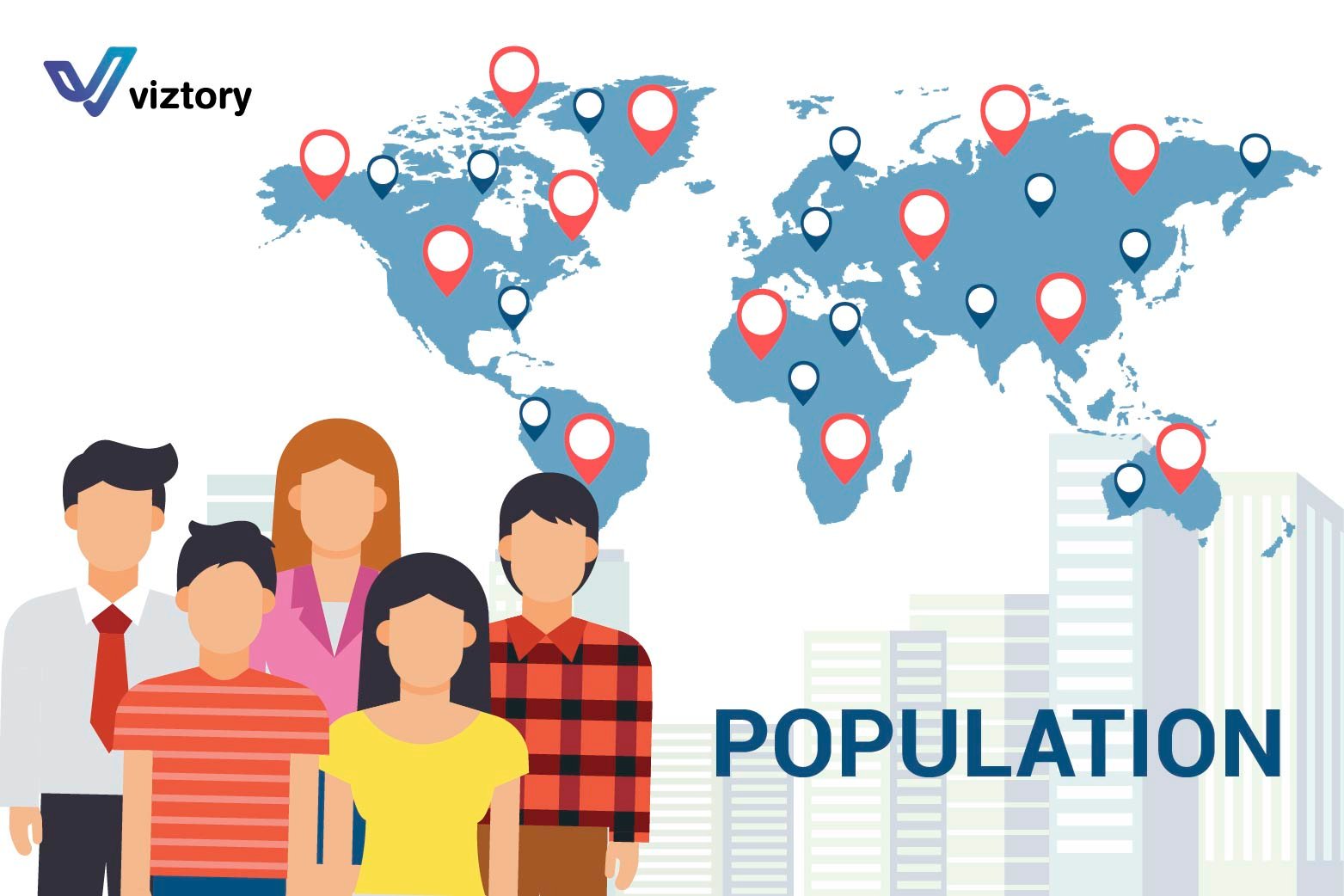Tracking the Population Boom: A 2022 Update on Global Growth
-
May, Fri, 2024
Continental Contributions to Global Population in 2022
Asia: Packed with People: With nearly 60% of the global population, Asia is the most populated continent.
Africa: Rapid Growth: Africa holds 18% of the world’s population and is expanding quickly.
Europe: Steady Figures: Europe contributes about 9% to the world population, with stable growth.
North America: Moderate Share: North America is home to 7.5% of people globally, showing slow population increases.
South America: Sparse Population: Despite its size, South America has just over 5% of the population.
Oceania: Least Populated: Oceania, comprising numerous islands and Australia, is the least populated continent, with only 0.55%.
From 1970 to 2022, the world witnessed significant population increases across various regions. Here’s a quick look at the growth trajectory:
Africa: Saw its population rise from 365 million in 1970 to approximately 1.43 billion in 2022.
Asia: The largest increase occurred in Asia, where the population grew from 2.14 billion to 4.72 billion.
Europe: Europe experienced modest growth, moving from 655 million to 743 million.
North America: Increased from 315 million to 600 million, marking robust growth.
Oceania: More than doubled its population, starting at 19 million and reaching 45 million.
South America: Demonstrated significant rise from 193 million to 437 million.
What Drives This Growth?
Factors contributing to population growth include advancements in healthcare, reduction in infant mortality, and
improvements in living conditions. However, the growth rate varies widely by region due to economic conditions, cultural
norms, and government policies influencing birth rates and immigration.
The Impact on Resources
With population growth comes increased demand for essential resources such as food, water, and energy, placing additional strain on the environment. This necessitates innovative solutions to sustainably manage the Earth’s resources.
Looking Ahead: Sustainability Challenges
By 2022, the global population approached nearly 8 billion. The ongoing increase highlights the urgent need for sustainable development practices. Addressing these challenges requires global cooperation and innovative approaches to ensure a balanced relationship between human populations and the planet’s health.
Conclusion
Balancing population growth with environmental sustainability is a complex challenge that calls for multifaceted strategies. These may include enhancing resource efficiency, investing in renewable energy, and implementing policies that encourage sustainable agricultural practices. What strategies do you consider most effective in addressing these dual pressures? Share your insights and join the conversation below!

